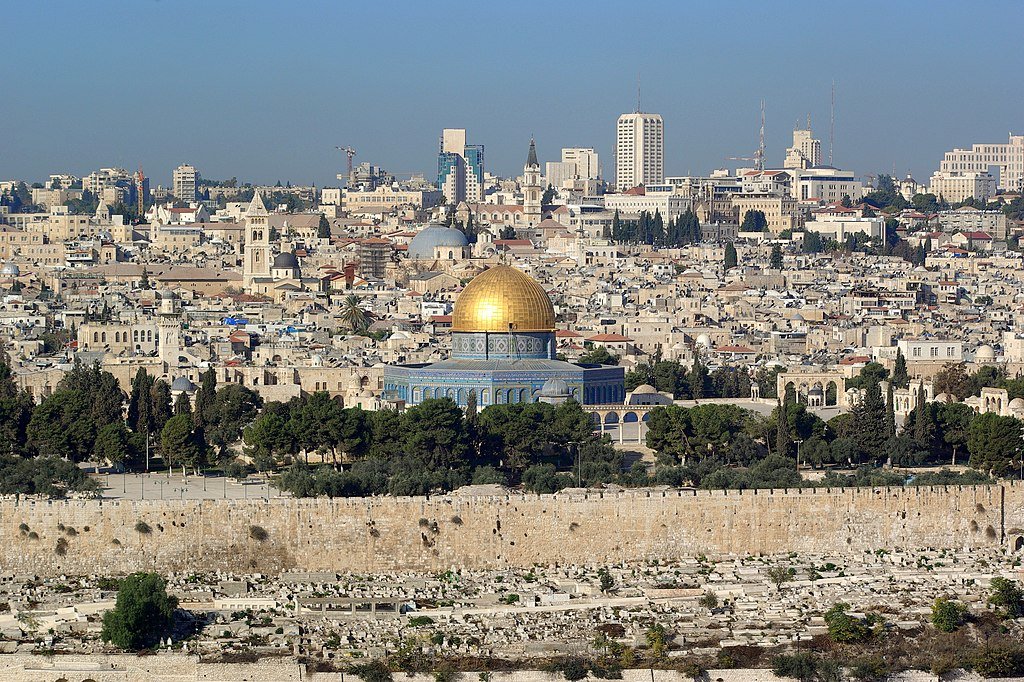Poetic Propaganda And The Zion That Wasn't There
/The Bible makes frequent use of parallelisms. A synonymous parallelism is a poetic device in which the same idea is stated twice but in two different ways. An example would be “but they flattered him with their mouths; they lied to him with their tongues” (Psalms 78:36).
However, if much of the Bible is propaganda (which it is), then parallelisms take on a different meaning: The Biblical author wants the reader to think that the same idea is being stated twice, but it actually wasn’t.
For example, Biblical authors made an effort to combine the identities of Northern Israel and Southern Judah. One way of doing that was to create a narrative about how Jacob (the ancestor of Southern Judah) became known as Israel (the ancestor of Northern Israel). You can watch my video here to learn more. Another way of combining those identities was with parallelisms. There are numerous instances, here are just a few:
For it is a statute for Israel,
An ordinance of the God of Jacob.
(Psa 81:4)
Then He confirmed it to Jacob as a statute,
To Israel as an everlasting covenant,
(Psa 105:10)
Israel also came into Egypt;
So Jacob lived in the land of Ham.
(Psa 105:23)
The Biblical authors also do the same with Jerusalem and Zion, which would indicate that they were originally two separate locations. Again, there are also numerous instances both in narrative form and parallelisms:
Then Solomon assembled the elders of Israel and all the heads of the tribes, the leaders of the fathers' households of the sons of Israel, to King Solomon in Jerusalem, to bring up the ark of the covenant of the LORD from the city of David, that is, Zion.
(1Ki 8:1)
By Your favor do good to Zion;
Build the walls of Jerusalem.
(Psa 51:18)
“His rock will pass away because of panic,
And his officers will be terrified by the flag,”
Declares the LORD, whose fire is in Zion and whose furnace is in Jerusalem.
(Isa 31:9)
So, if Zion wasn’t in Jerusalem, then where was it? We get a clue in Psalm 48:3:
Beautiful in elevation, the joy of the whole earth,
Is Mount Zion in the far north,
The city of the great King.
It’s odd to say it’s in the far north, when Jerusalem is in Southern Judah. That’s because “north” should be translated “Zaphon”. Peter C. Craigie and Marvin E. Tate explain:
Mount Zion is equated directly with the ancient (mythological) Mount Zaphon; see further Roberts, JBL 92 (1973) 334 and Clifford, The Cosmic Mountain in Canaan and the Old Testament, 142–44. In the Ugaritic texts, the word Zaphon (ṣpn) is used of the mythological mountain dwelling of the god Baal, but it was also localized in particular geographical locations. Thus, Jebel al-Aqraʿ, the mountain some thirty miles north of Ras Shamra (ancient Ugarit), was identified as Mount Zaphon. And in one text, it is possible that the “hill” of Ugarit itself is called Zaphon (UT 107; see Robinson, art. cit., 118–23). But the mountain north of Ugarit was probably not the “original” Mount Zaphon. The original was a mythological reality, and among different peoples, at different times and places, it was given an earthly location in a particular geographical point. Thus the place name Baal-Zaphon (Exod 14:2) probably indicates the site of a Baal temple in Egypt, constructed by a Canaanite community resident there (cf. J. Gray, “Canaanite Mythology and Hebrew Tradition,” Transactions of the Glasgow University Oriental Society 14 [1953] 47–57). And there is evidence of the localization of the Zaphon tradition at other places in the Near East; see further F. E. Eakin, The Religion and Culture of Israel (Boston: Allyn and Bacon, 1971), 65–66. The significance of the psalmist’s statement (v 3) is to be found in the linking of this ancient mythological tradition with Mount Zion in Jerusalem and God’s temple there. The psalmist affirms, in effect, that the aspirations of all peoples for a place on earth where God’s presence could be experienced were fulfilled in Mount Zion, the true Zaphon.
Craigie, Peter C.; Tate, Marvin. Psalms 1-50, Volume 19 (Word Biblical Commentary) (p. 353). Zondervan Academic. Kindle Edition.
Regardless of whether Zion was a physical location or a mythical one, it seems that the Biblical authors were trying to combine the identities of Jerusalem and Zion to counter the influence of a competing religious cult.

